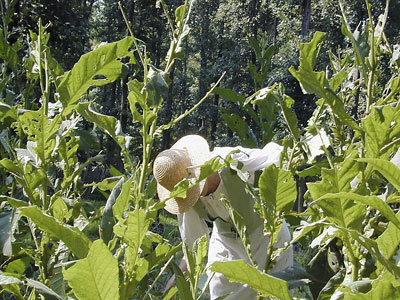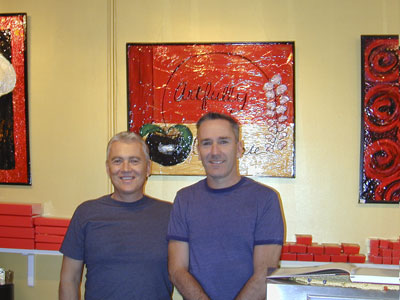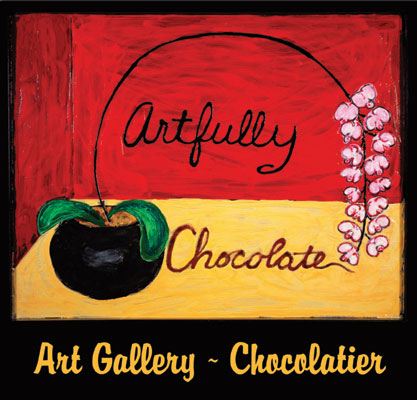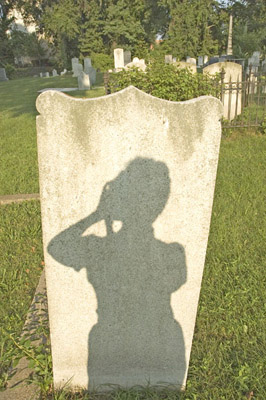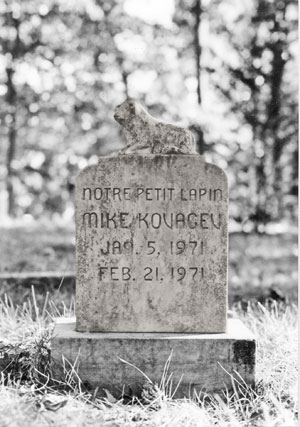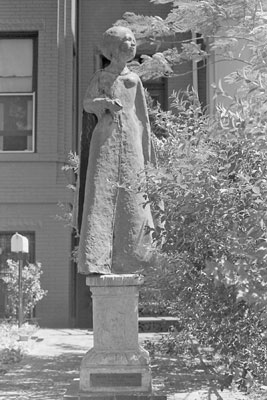
On Sept. 7 and Sept. 8, Marie McC posted photographs of a mural in progress in the Chirilagua (a.k.a. Arlandria) neighborhood in Alexandria. It’s a neighborhood where many immigrants, particularly Hispanic immigrants, live; the mural is rich with symbolism. This detail shows a sheriff holding his hand up to stop a woman (who can’t be seen in this picture) at the border. The baby wearing a diaper/nappy behind him is George Washington, with his nurse, an African American slave. The angry-looking man at the upper right is a judge, pointing the would-be immigrants back to the countries they came from. The sign round his neck refers to House Resolution 4437 “To amend the Immigration and Nationality Act to strengthen enforcement of the immigration laws, to enhance border security, and for other purposes,” introduced in December 2005. You’ll find two more detail photos of the mural here.



 Posted by Judith
Posted by Judith 